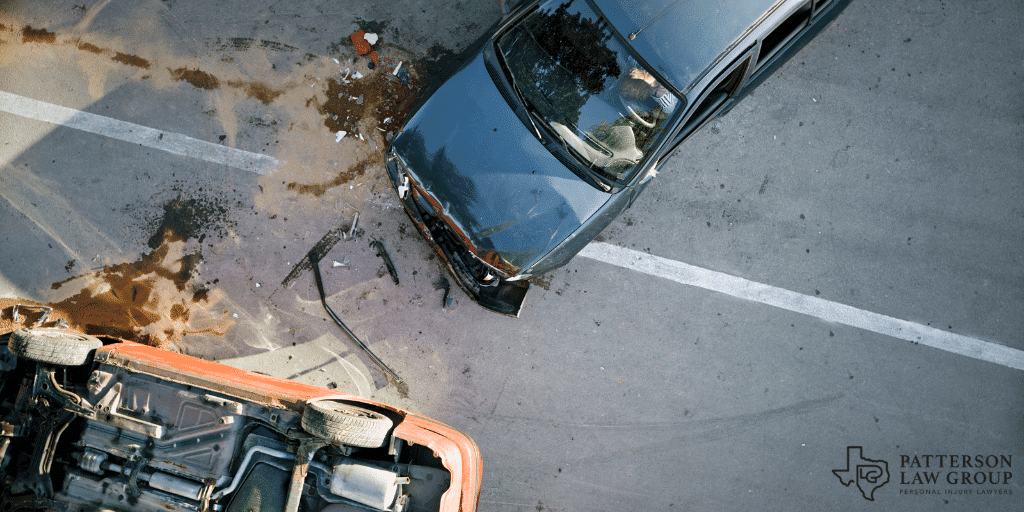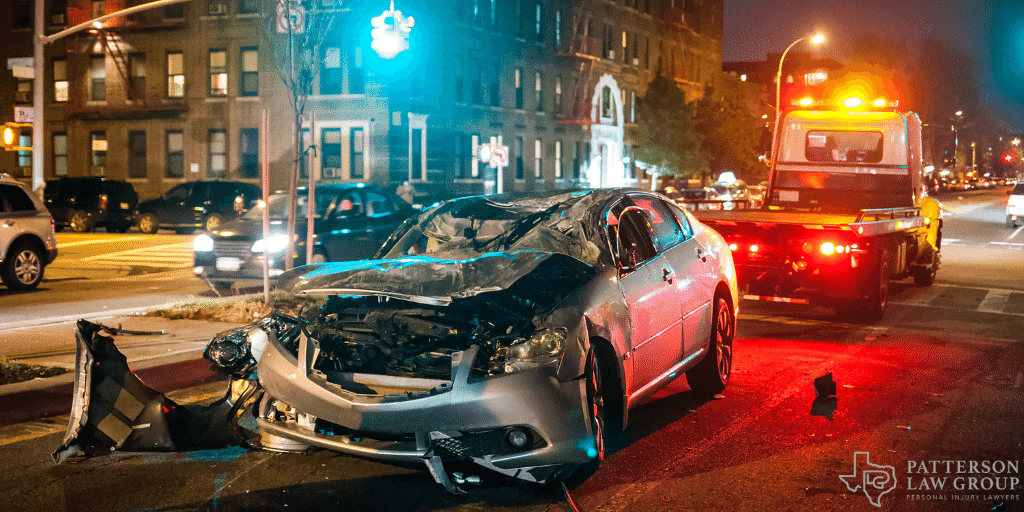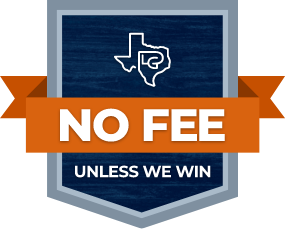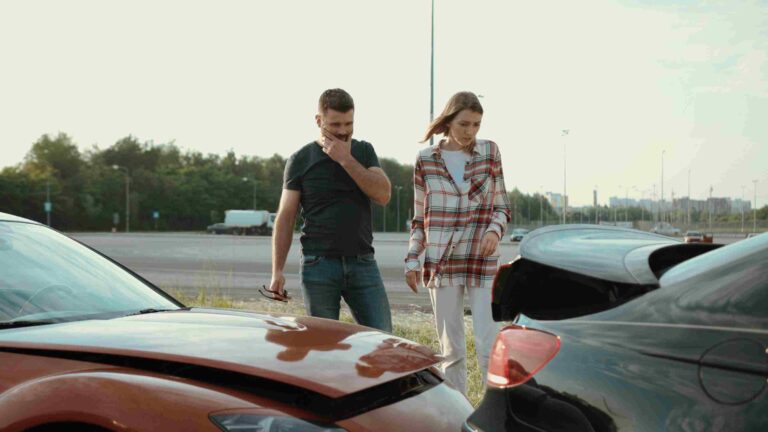According to Texas’ comparative negligence rules, two people can be at fault for a car accident. After a Texas accident, a percentage of fault will be assigned to each party.
In most cases, one party will be over 50% responsible. This will hold them legally responsible to pay the majority of the damages sustained by the other party. However, assigning fault is not always this simple.
On occasion, multiple people will be at fault in an accident. But if there are multiple cars involved, three or more people may be at fault, and establishing proof can become difficult and confusing.
If you’ve been involved in a car accident in Texas, get in touch with a Texas car accident injury lawyer who can help you with your case. It can be hard to determine who is at fault and how much percentage should be assigned to each. A Fort Worth personal injury lawyer will help gather the appropriate evidence to help establish the liable party.
How Fault Is Determined In Texas
Texas courts use a modified comparative negligence standard. The first foundational principle Texas statutes apply is that “a claimant may not recover damages if his percentage of responsibility is greater than 50 percent.”
The statutes continue to lay out the procedure for determining fault. The “trier of fact” (usually an insurance claims adjuster and/or lawyers) will decide a percentage of responsibility applicable to each person involved in the accident.
To determine your percentage of fault, a claims adjusters will gather evidence from your accident, including:
- Witness statements
- Police reports
- Video or camera footage
- Photos of the scene
- Medical records
- Expert testimony (from people who can recreate car accident scenes to determine what likely happened)
If you are not 50% or more responsible for the accident, the amount of compensation you receive will be reduced by the percentage at which you were found to be at fault.

For example, if you want to make a claim for $10,000 to pay for damages and are found to be 20% at fault, your compensation will be reduced by 20% and you will only receive $8,000.
To get the most compensation from your accident, make sure you keep track of all the relevant evidence, including:
- Medical records and bills
- Photographs of the accident scene
- Witness statements and contact information
- Police reports
Your personal injury lawyer will look at this evidence to help determine a compensation amount you can sue for.
Types Of Car Accidents That Can Have Multiple Parties At Fault
In a car accident, both parties can be partially at fault. Simple mistakes that wouldn’t cause problems on an empty road could lead to collisions in Texas’ busy traffic.
In certain situations, it is easy to determine that only one person is at fault. Those accidents might include:
- Rear-end car accidents – the person who rear-ended someone ahead of them is almost always solely at fault.
- Left-turn accidents (in which one vehicle turns left immediately in front of an oncoming vehicle)–the left-turning driver is almost always at fault for failing to yield.
- DUI car crashes – the driver using drugs or alcohol is generally at fault for careless driving.
These types of accidents are fairly common, but they are not the only types of accidents you might encounter. Most other accidents are less straightforward and can involve fault for multiple parties.
These types of car accidents include:
-
- Distracted driving accidents: In some distracted driving accidents, both parties were distracted and are somewhat at fault.
- Speeding accidents: For example, if one car was speeding through a light but another car attempted to turn in front of them, both parties would be partly at fault.
- Tailgating accidents: If two or more vehicles were tailgating a slower vehicle and a rear-ending occurred, multiple cars may be involved and the tailgating drivers may be at fault.
- Lane-change accidents: If one car swerves dangerously to avoid a car moving into their lane and ends up hitting another car, multiple parties can be at least partially at fault.
- Weather-related accidents: If one car slipped on ice or snow and another car was following too closely or quickly and hit them, both parties may be at fault.

Whose Insurance Pays For Damages If Multiple Parties Are At Fault?
If multiple parties are at fault in a Texas car accident, it can be difficult to determine who pays for damages. In some cases, you can claim compensation from multiple people who were at fault in your accident. In some cases, it doesn’t work out quite so simply.
Each insurance company involved in a multi-car accident will likely have a different opinion of who is at fault and what percentage of fault should be applied to each person.
If you were even partially at fault, the insurance companies of other drivers may try to claim they don’t owe you as much as you’re asking for.
It can be difficult to negotiate with insurance companies, therefore, if you are involved in a multi-car accident it is extremely important that you hire a personal injury attorney. A car accident attorney can help you establish who is at fault and assist you in fighting for the compensation you deserve.
Likely, if there are multiple parties at fault in a crash, this case will proceed to court and be decided by a judge and a jury. Multi-car crashes aren’t as straightforward as other types of accidents.
Contact A Texas Personal Injury Attorney
If you have been in a Texas car accident that involves multiple at-fault parties, reach out to a Fort Worth car accident attorney at Patterson Law Group.
Our lawyers have over 80 years of combined experience helping determine fault in multi-car accidents and fighting to get our clients the justice they deserve.
To get the help you need to recover just and fair compensation after your accident, call the Patterson Law Group Fort Worth’s car accident law office today for a free consultation. We are standing by and eager to help!










